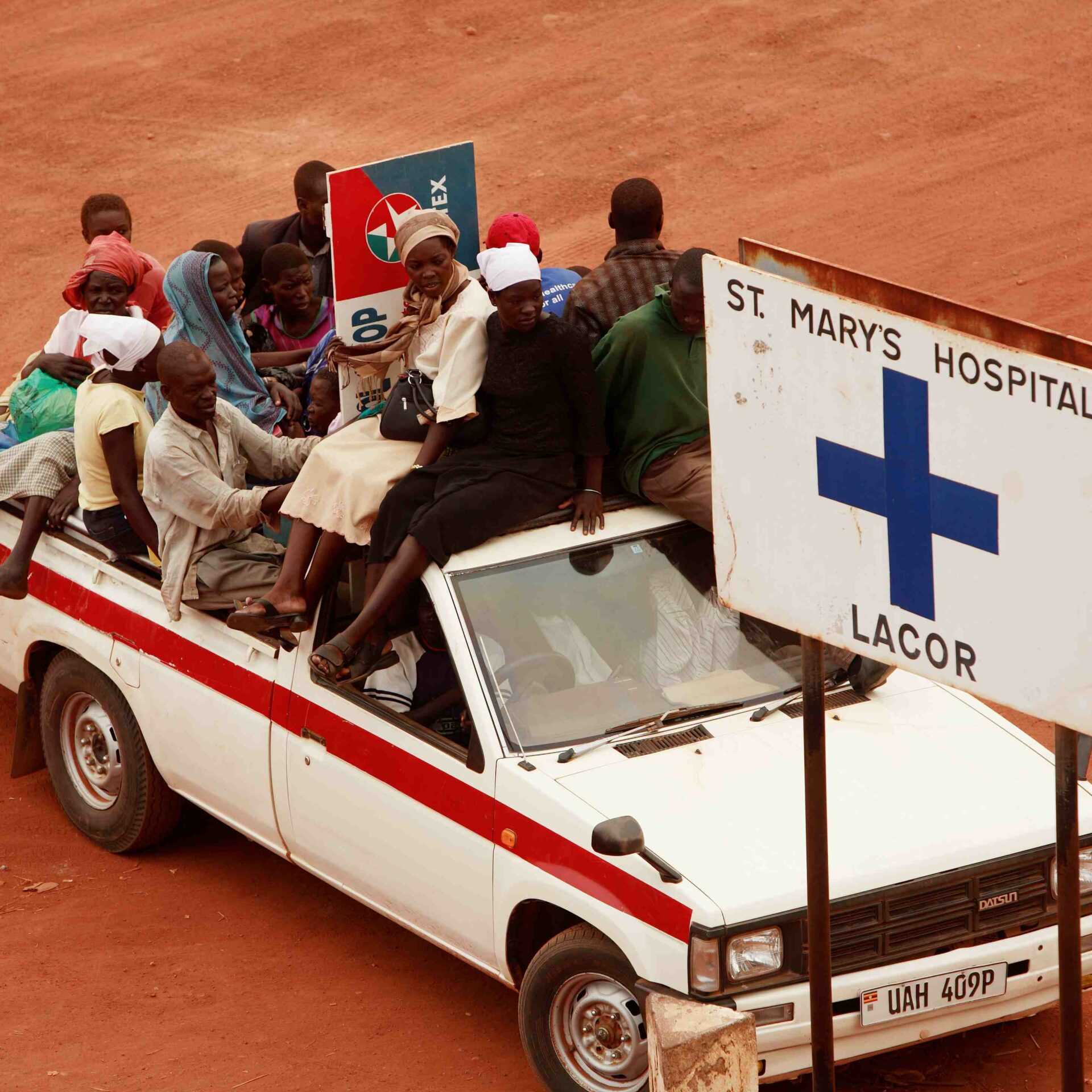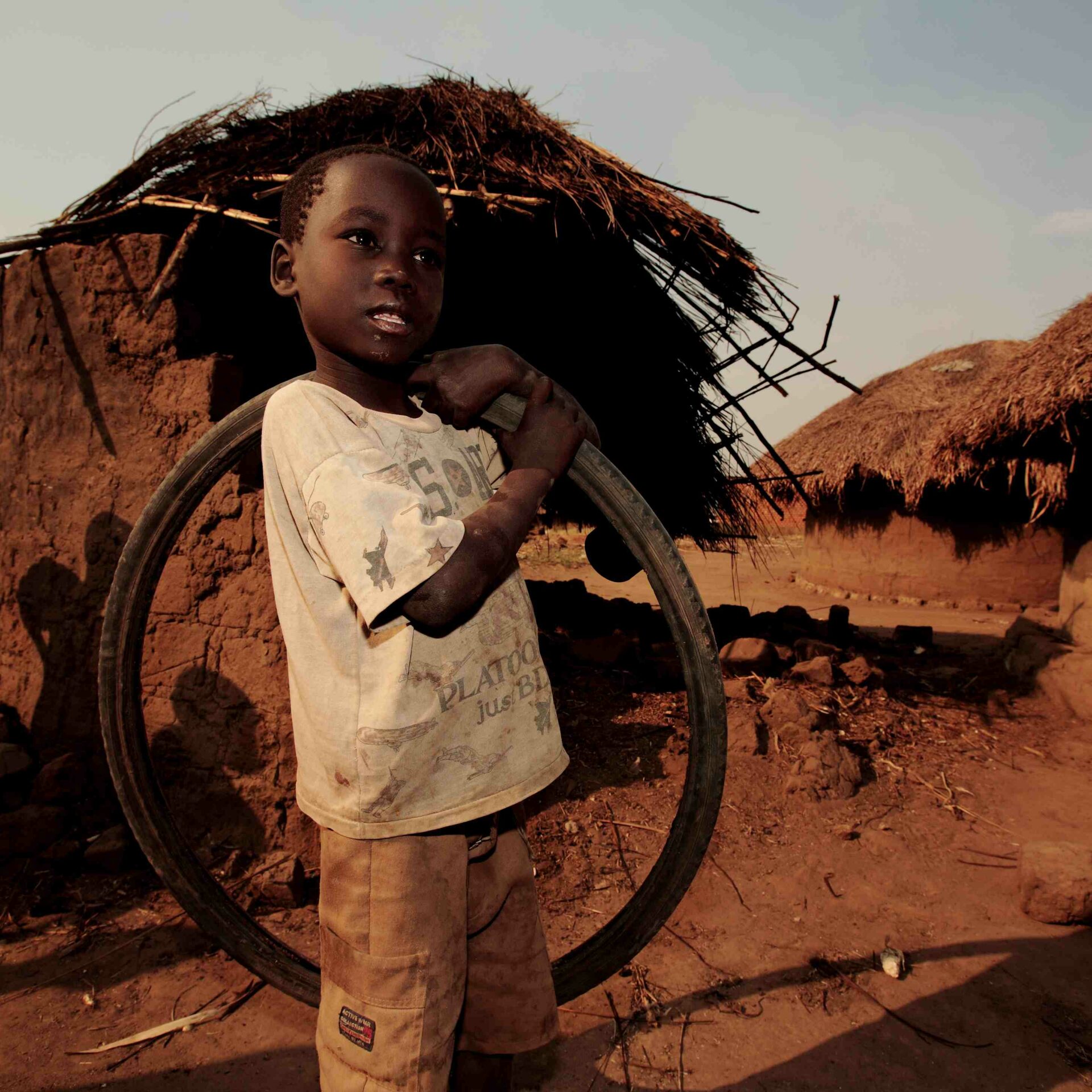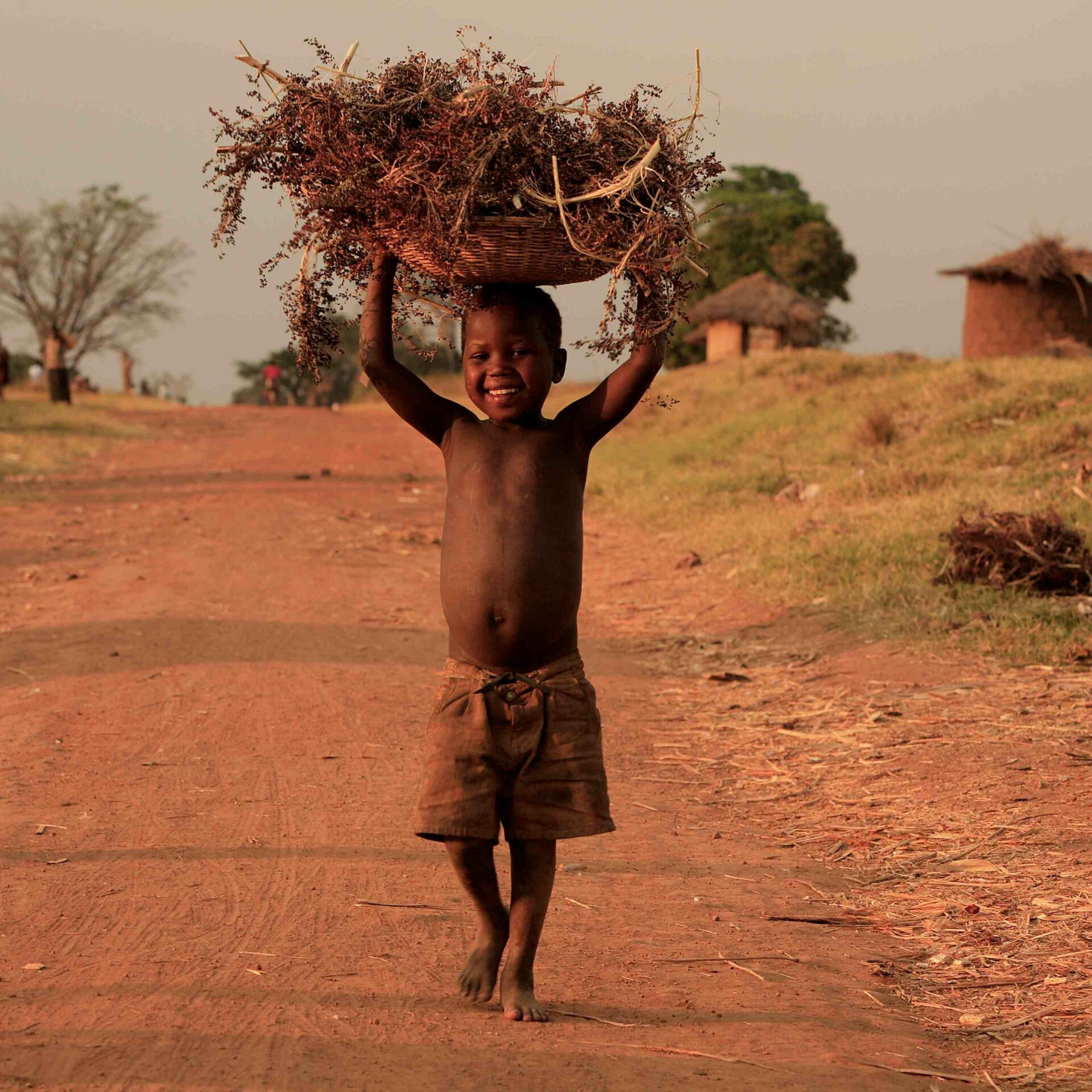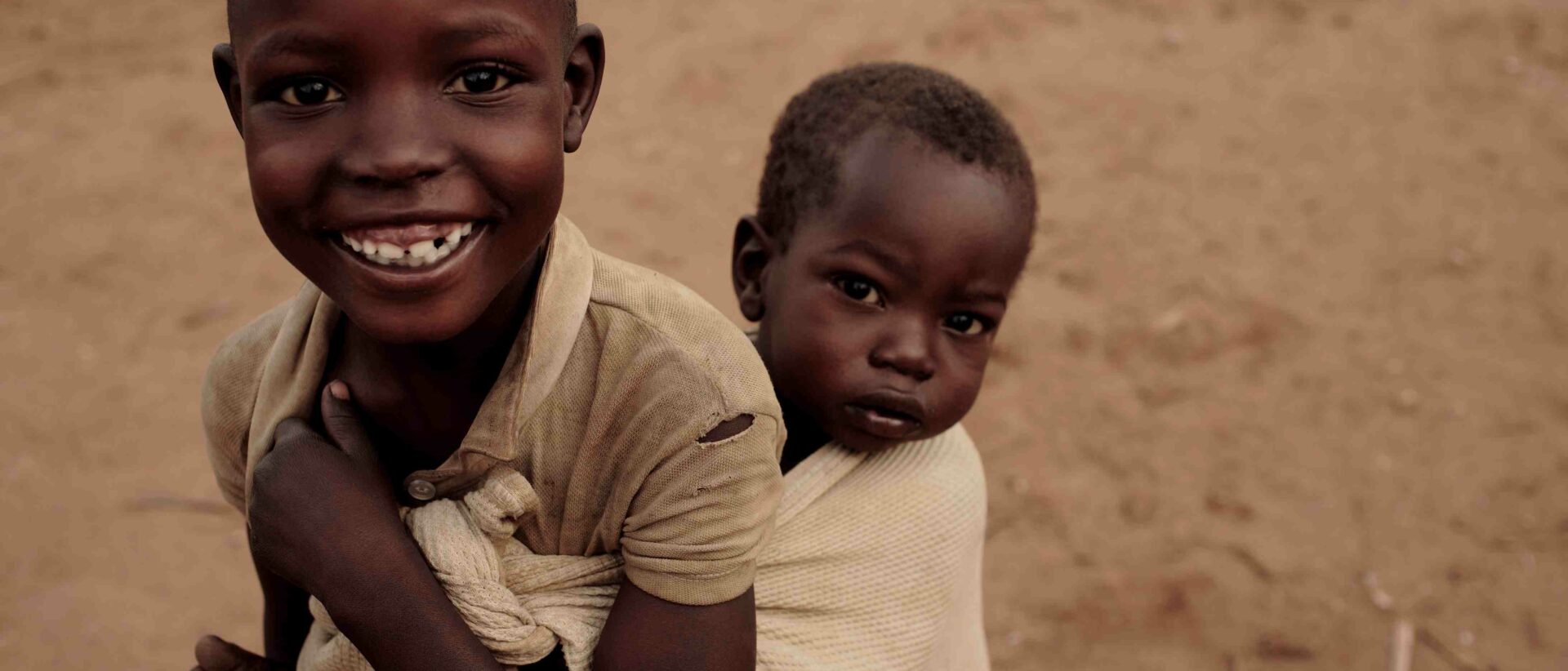

Uganda, a changing country
In a land plagued by disease, war and poverty, Lacor Hospital is a beacon of hope for millions of people.
Lacor Hospital is located in northern Uganda, the “pearl of Africa,” a land of boundless beauty, but also one of the poorest regions in the world.
We are near the town of Gulu, in the Acholi region, a hundred kilometers from the border with South Sudan.



Unlike the rest of the country, which has experienced more than three decades of peace and stability, the North is trying to recover from the devastating effects decades of wars and epidemics.
In 2007 peace had to deal with nearly 2 million people displaced into refugee camps (more than 95 percent of the population in the hospital district was displaced!). Here survival depended on humanitarian aid, and the poverty, crowding, and lack of water and sanitation were dramatic.
To the gigantic problem of returning this mass of people to their areas of origin, now turned savannah, one must add the difficult reintegration of former rebels, countless psychological traumas and extreme poverty.
Today the situation has stabilized, but the Acholi region remains one of the poorest areas in the world, with an economy based on subsistence agriculture.

According to the Uganda Bureau of Statistics 2019/20:
Feeding
80% of households cannot afford sufficient and healthy food.
Poverty
56% of the population lives below the poverty line (about 1.5 euros per day).
Housing
78% of the population lives in huts with thatched roofs, 84% have bare earth floors.
Covid
Covid has worsened poverty throughout the country (+30% in rural areas) and increased child labor.

Add to this the near absence of basic infrastructure such as running water, sewage, and electricity. Roads, apart from the main ones, are almost all unpaved and often in poor condition, especially during the rainy season.
Delays in reaching health centers can irreparably complicate an illness or childbirth.
The Combonian missionaries, who arrived in northern Uganda in the first decade of the 1900s, in carrying out their work of evangelization, first built places of worship, then schools and hospitals.
This created a network of missionary hospitals, now belonging to local dioceses, which for many decades constituted the only existing or functioning health facility in their district, as is the case with Lacor.
Since the 1990s, the government has slowly rebuilt and expanded the health system, but it cannot meet the current need for health services.
In the past, the main causes of illness and death were mostly avoidable or treatable and poverty-related (malaria, respiratory infections, infectious diarrheas, HIV and tuberculosis, pregnancy and childbirth complications, and war trauma). In recent decades, there has been a rapid increase in chronic diseases that are more typical of rich countries and much more expensive to treat (cancer, cardiovascular disease, diabetes), while war trauma has morphed into road traffic injuries.